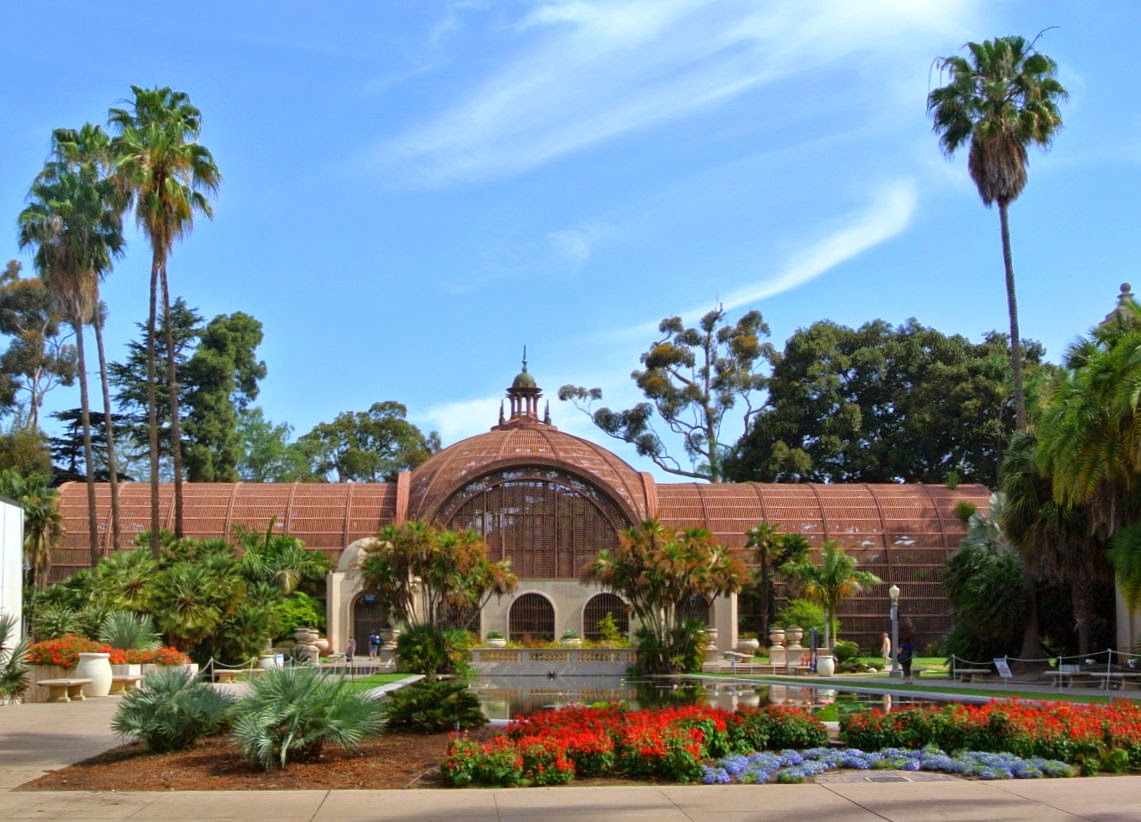We leave Ramona in the late afternoon. We're heading back to San Diego for the last event. I'm giving a talk oin Brettanomyces in British brewing at The Brew Project, a beer bar within a wine shop called 57 Degrees. It's a bit confusing.
On the way back we call by AleSmith, a brewery I've heard of. Not sure if I've tried their beer beer before. It's another light industrial estate affair. And definitely brewery with tasting room attached.
It's pretty full, packed with happy, smiling youngsters. Who are unlike me in every possible way, other than having beeer in their hands. I'm a miserable fat old git, as I'm sure you know. But at least I'm not wearing a hat indoors.
I get another set of samplers. A fourer this time.
What are they all again? Some of these:
My brain is getting that fudgy feeling. Too many beers and breweries in too short a time for me to keep up. It's been an intense few days.
There are tantalising glimpses the the brewery: a motionless bottling machine, the shoulder of a fermenter. But most of it is tucked well out of sight. I think I can live with that. I'm a little stainless-steeled out. It was fun seeing Grant's mini brewery. Not seen anything on that scale. Makes me almost believe I could one day own small but imperfectly formed kit.
On our way back into San Diego I spot a brick building that looks like a brewery. As we get closer I see "Mission Brewery" on the tower.
"It was one of the city's original breweries." Grant tells me. "Someone's just put a small brewery inside."
You trip over breweries all over the place here. 89 in all in San Diego, I've been told. Not sure if that's just San Diego city or the whole county. A hell of a lot, either way.
The Brew Project isn't far. Cavernous and mostly deserted. An art class makes up the majority of the customers. I'll be talking on the deck . . . . where it's still light so I can't use a projector. Nothing to do but get on with it.
It's not the greatest turnout, either. Just two brewers (the event was organised for the San Diego Brewers' Guild). Their enthusiasm makes up for paucity of their numbers.
The talk is rather surreal as I can't show slides. There's greater degree of interaction with the audience than usual. At a certain point - I'm not sure when - it moves from a talk to a conversation. Quite a good one - conversation I mean - so I don't really care.
It's a strange end to a whirlwind few days. It seems like I've been here a month and like I just arrived yesterday. My sense of time is totally screwed. I've now got a 16-hour journey to look forward to. Then a couple of hours to wash and rest before a hospital appointment.
At least my life isn't boring.

AleSmith Brewing Company
9368 Cabot Dr,
San Diego, CA 92126.
Tel: +1 858-549-9888
http://www.alesmith.com/
The Brew Project
1735 Hancock St #1,
San Diego, CA 92101
http://thebrewproject.com/
The Home Brewer's Guide to Vintage Beer.










































































































